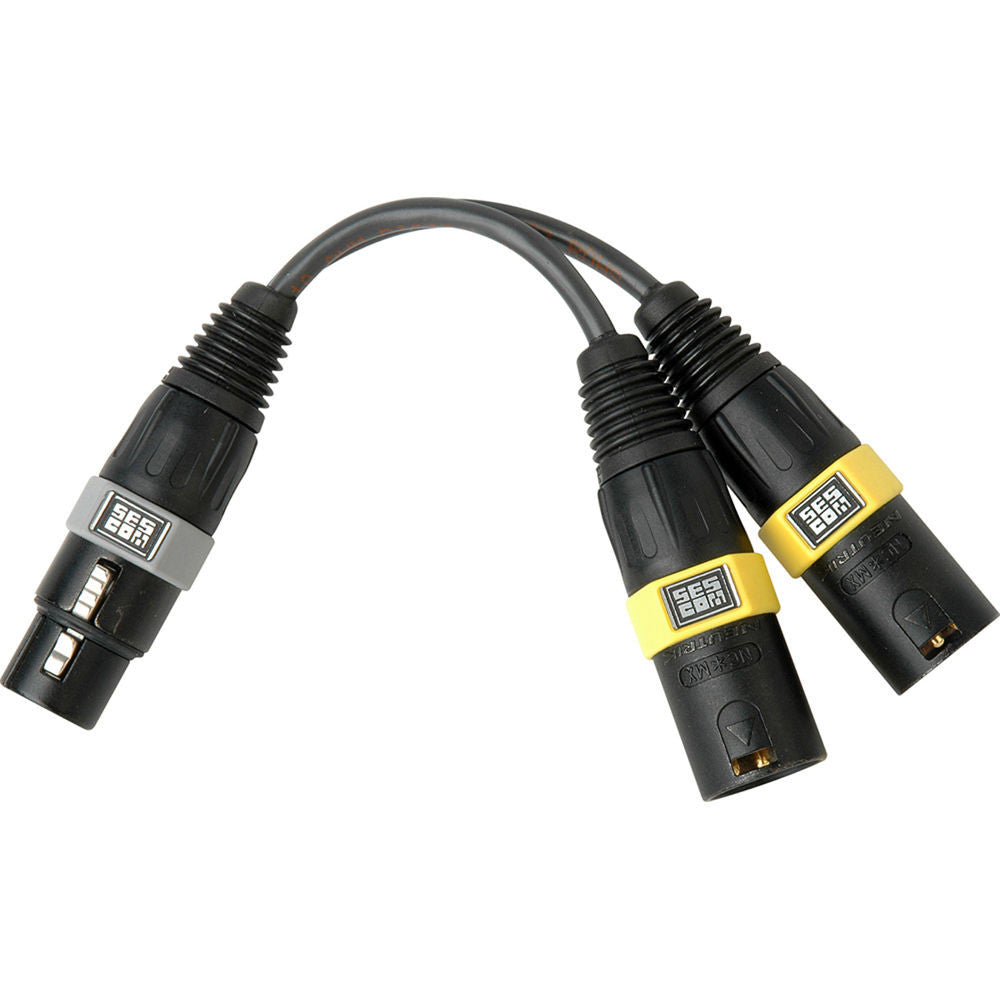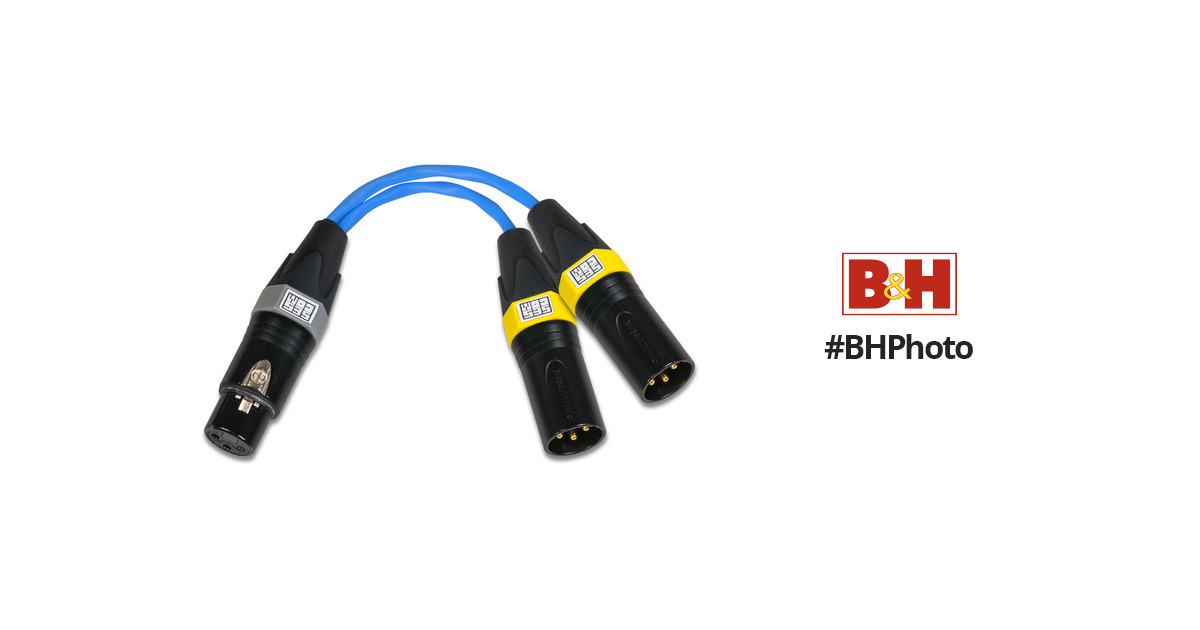Fiftyfifty
Well-Known Member
My DAC can decode 192 Khz only if two AES/EBU sockets are connected in parallel in dual wire mode. In other words, the left channel of the AES/EBU signal goes into Terminal A and the right into Terminal B. My source has a single stereo AES/EBU out. Is there any way to split this signal into L and R channels that will go via two separate AES/EBU cables into the DAC?
Will be grateful for a solution.
Will be grateful for a solution.






